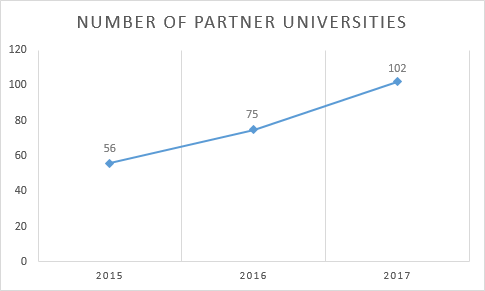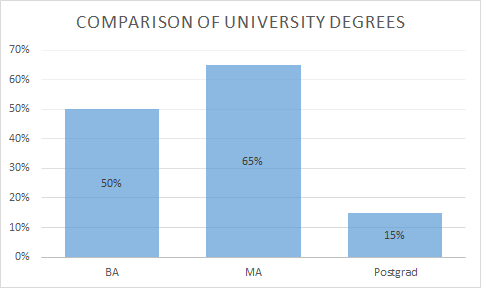
Blog
Machine Translation Report
What is the optimal MT Engine for you? Find out in the latest MT Report by Memsource.

In early February of 2017, plans began to establish a community of Memsource-certified students. The program’s goal is to not only provide them with yet another document for their CVs but also to improve their technology skills and to better understand how they work with the Memsource platform.
The Memsource Student Certification Program will be launched in September 2017 in cooperation with 17 universities whose lecturers excelled in our Certified Trainer examination last month. These universities are currently using most of Memsource’s many features (including project management) and some have established complete simulated translation agencies within their departments.
In researching how Memsource is used at various universities, with thanks to the willingness of the lecturers who have agreed to make this research possible, we were able to collect some interesting data on how the universities are using Memsource to train future translators and project managers.
As of June 2017, there were just over 100 universities participating in our academic program, which is a 36% increase in comparison with June last year and an about 82% increase over two years. Out of these, about 30 of these institutions collaborated with us on this research.
Our Findings
At an average university, about 40 students attend Memsource-related seminars and lectures every academic year - an average of 4,000 students are taught to use Memsource’s translation platform and CAT-tool annually in some way. Most of these students are working on their bachelor’s (BA) and master’s (MA) degrees (with the number of MA students being slightly higher) and around 15% are postgraduate students.
Note: Some universities teach Memsource in two or more degrees
When asked about the type of training the universities offered to their students, the participants reported about 85% of the students receive a complete training in most of the translation and project management features that Memsource has to offer. It’s important to note, however, that this percentage may be influenced by universities who declined to participate in our survey because they have a less thorough translation technology training.
What does this mean?
For the translation industry, this illustrates that many university translation departments are striving to keep up with the fast-changing translation market, and are providing employers with well-prepared translators, proofreaders, post-editors, analysts, and project managers. With thorough technology training, not only will university students be able to efficiently translate using CAT-tools in their future careers, they will also be able to understand and manage the full translation process.
The traditionally reactive academic environment is becoming an active and engaging part of the translation and localization industry. The students are able to graduate, actively participate in current translation trends, and bring forward-thinking ideas to their employers. Some of these translation students who are interested in exploring the possibilities of translation technology may someday become academic researchers or developers and push the technology even further.
Translation Lecturers Leading the Way
Translation lecturers themselves are not only more open to incorporating the latest technology and training processes into their courses, they are also actively creating these processes for their students. For example, the concept of simulated translation agencies originated in the academic environment, with the Maastricht School of Translation and Interpreting being one of the first institutions promoting this approach.
Other interesting projects are emerging, such as the FoundCAT platform lead by a team of translators and developers from the University of Applied Sciences in Aachen. FoundCAT’s basic principle is to train students’ language and translation skills by supplying them with foreign language documents, primarily from Wikipedia, to be translated.
All in all, it’s not only the technology itself that’s changing so dramatically in recent months, it’s also the way future translation and technology experts are being prepared for new market opportunities. We are looking forward to new advancements the academic environment will bring to the translation industry in the coming months and years!
About the author
Filip Šanca is the Academic Account Manager at Memsource, working with translation professors and students participating in the Academic Program around the world. He is currently working on his master’s degree in Serbian philology at Charles University.
If you would like to provide some additional feedback or join the ranks of these successful universities, do not hesitate to send Filip a message at filip.sanca@memsource.com




